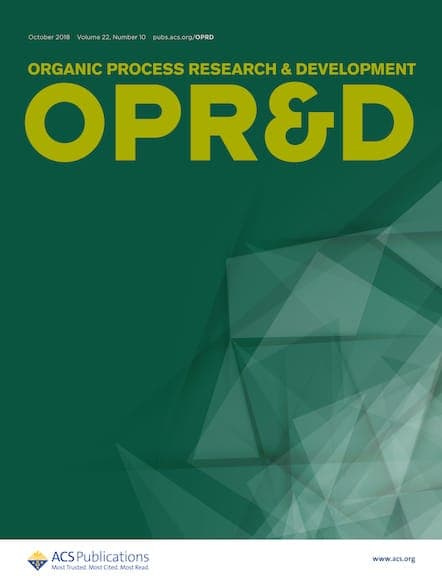The European grapevine moth (Lobesia botrana) spoils vineyard fruit across the globe. One of the most effective weapons against the widespread pest is the moth’s own sex pheromone. When sprayed into the air around the grapevines, it leads males on a fruitless chase to find females, disrupting mating. However, the pheromone is about 60% more […]

The European grapevine moth (Lobesia botrana) spoils vineyard fruit across the globe. One of the most effective weapons against the widespread pest is the moth’s own sex pheromone. When sprayed into the air around the grapevines, it leads males on a fruitless chase to find females, disrupting mating. However, the pheromone is about 60% more expensive than traditional pesticides. Now, a partnership of industrial and academic researchers has come up with a less costly one-pot synthesis and is making the pheromone on an industrial scale.
Sex pheromones make excellent compounds for ecofriendly pest control because they target particular insects and pose no risk to humans or other beneficial insects. But the European grapevine moth pheromone, (7E,9Z)-dodecadien-1-yl acetate, is expensive. The standard synthetic route to the pheromone starts with a pricey eight-carbon compound and requires isolating four intermediates. The process yield is only 11% with 80% isomeric purity.
Olivier Guerret, head of biocontrol and vice president at M2i Life Sciences, helped devise a new and simpler synthesis based on a cross-coupling reaction between a dienol phosphate and a Grignard reagent. Often, such a coupling requires expensive palladium catalysts. However, Guerret collaborated with Gérard Cahiez of Chimie ParisTech, who knew how to replace palladium catalysts with less expensive iron ones. Their two-step route starts with cheaper six-carbon backbones, proceeds all in one pot, and has an 85% yield with 80% isomeric purity.
M2i is now selling raw pheromone to distributors. The researchers have since improved the isomeric purity beyond what they reported and are working on a microencapsulated product that gradually releases pheromone when sprayed on grapevines. That formulation should cost the same as conventional pesticides, Guerret says.
This article is reproduced with permission from C&EN (© American Chemical Society). The article was first published on September 14, 2017.
